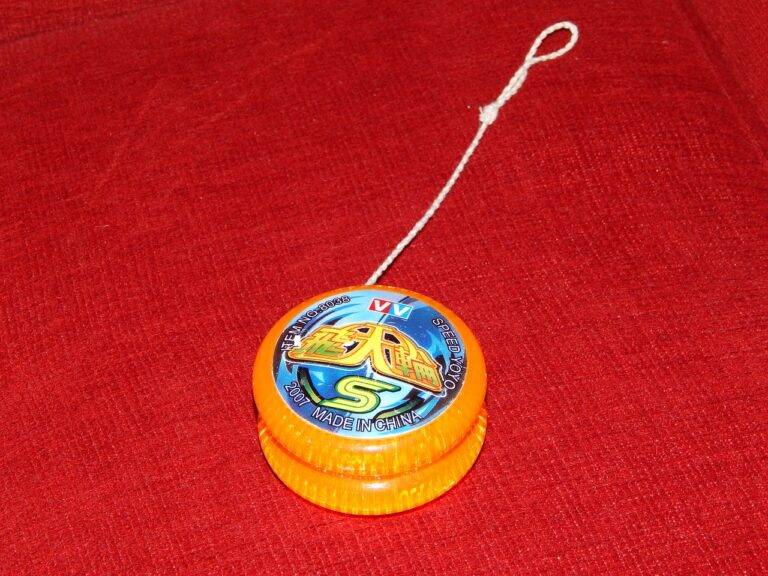The Rise of User-Generated Content in Video Games
User-generated content in video games provides a unique opportunity for players to showcase their creativity and contribute to the gaming community. By allowing players to create their own levels, characters, and mods, games become more versatile and engaging. This not only enhances the overall gaming experience but also fosters a sense of ownership and pride among players.
Moreover, user-generated content can significantly extend the lifespan of a game. With an endless stream of player-created content, games remain fresh and relevant long after their initial release. This continuous influx of new ideas and challenges ensures that players always have something new to discover and explore, keeping them engaged and invested in the game for a longer period of time.
Examples of Successful User-Generated Content in Video Games
PlayerUnknown’s Battlegrounds (PUBG) stands as a prime example of successful user-generated content in video games. The game offers a robust platform for players to create and share their custom game modes, maps, and modifications. This user-generated content has significantly contributed to expanding the game’s longevity and player engagement.
Similarly, in the popular game Minecraft, players have showcased their creativity by designing intricate worlds, buildings, and even mini-games within the game. Minecraft’s open-world sandbox nature allows players to unleash their imagination and craft unique content that keeps the community active and invested in the game for years.
What are some benefits of user-generated content in video games?
User-generated content can increase player engagement and replayability, foster a sense of community among players, and provide developers with valuable insights for future updates and expansions.
Can you provide some examples of successful user-generated content in video games?
Some examples of successful user-generated content in video games include custom maps and mods in games like Minecraft and Skyrim, player-created levels in Super Mario Maker, and user-generated skins and emotes in Fortnite.
How can players contribute to user-generated content in video games?
Players can contribute to user-generated content by creating custom levels, maps, mods, skins, and other in-game assets using developer-provided tools or third-party software. They can then share their creations with the game’s community for others to enjoy.





